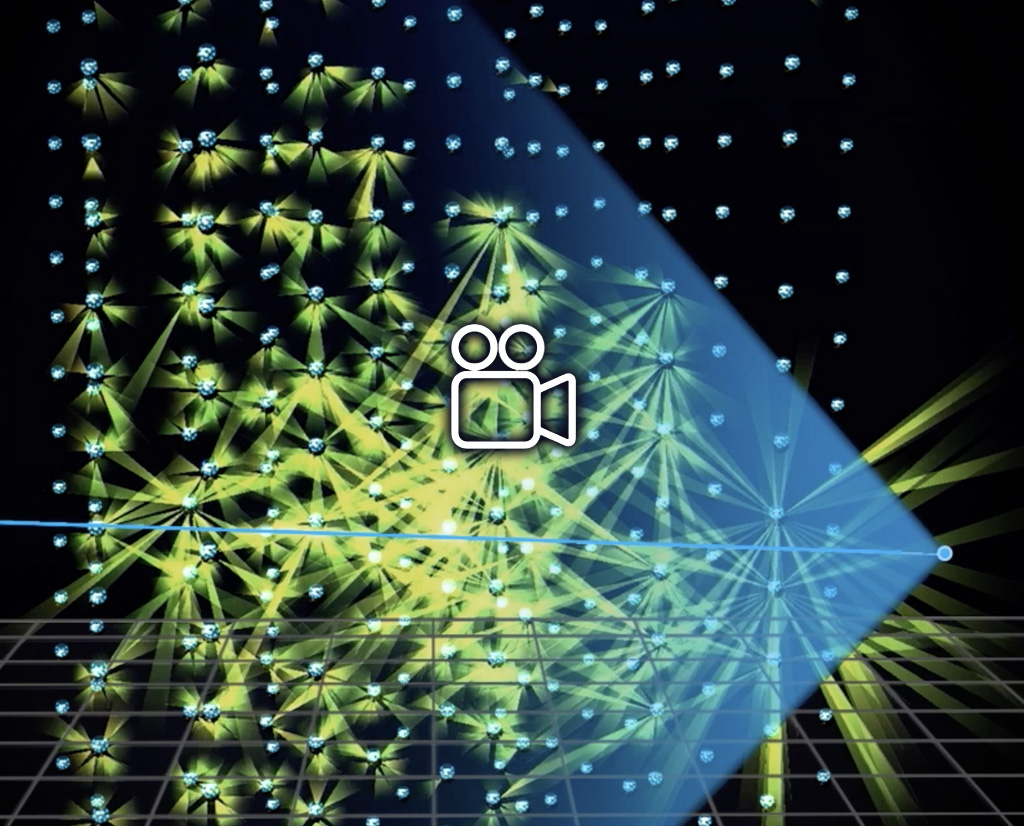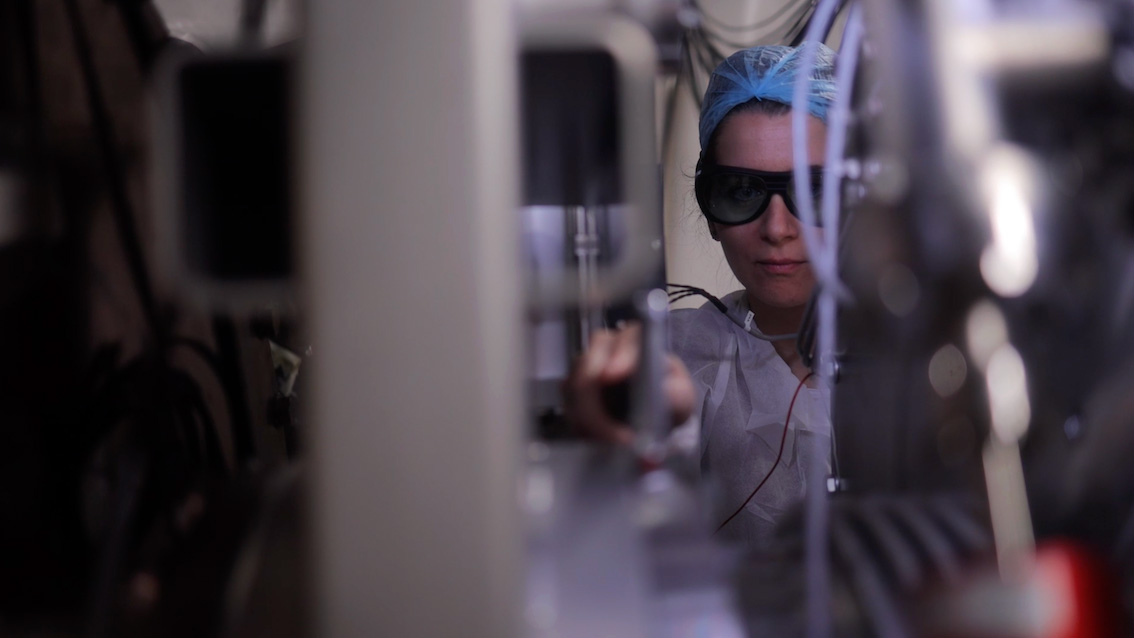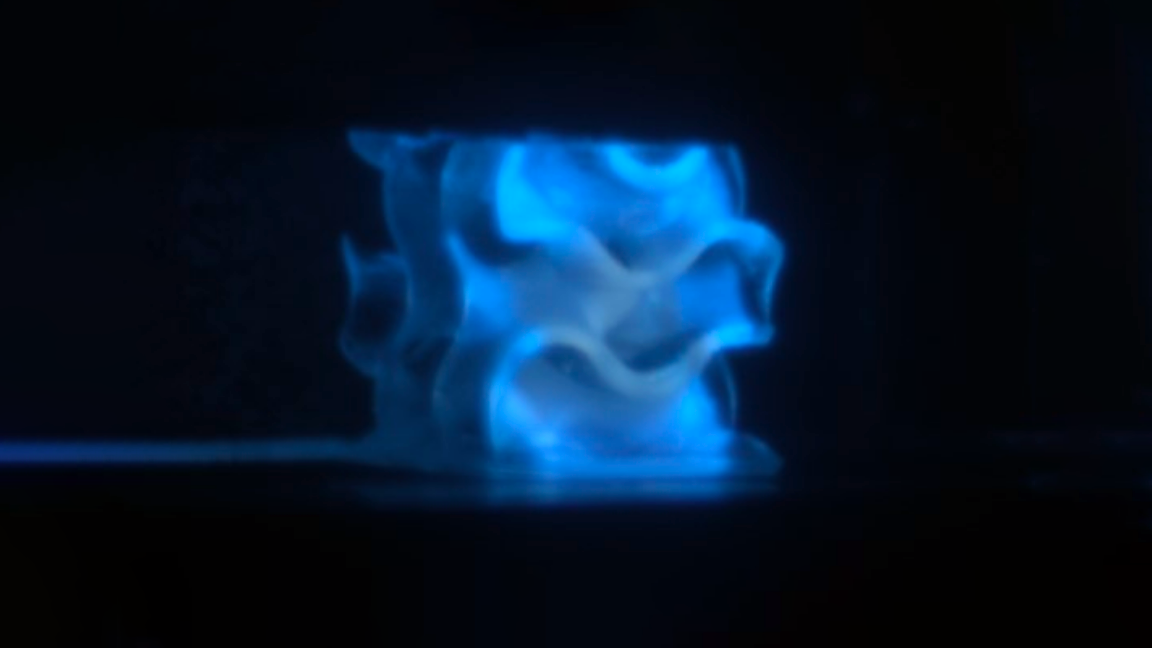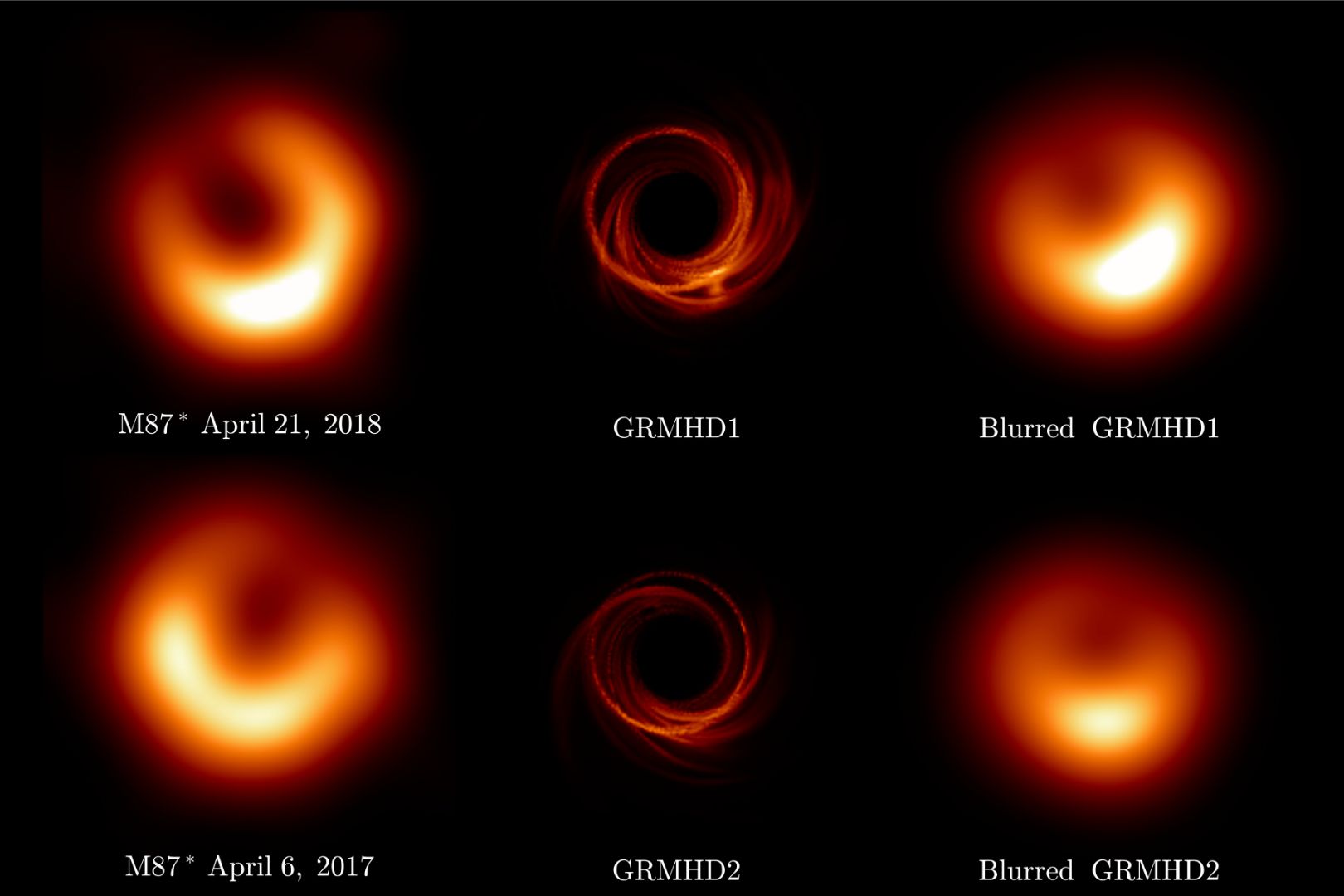 The NASA IXPE (Imaging X-Ray Polarimetry Explorer) space telescope, launched on 9 December 2021 from Cape Canaveral and now in orbit approx. 600 kilometres above the Earth’s equator, has sent the first image to earth since the completion of its month-long commissioning phase. IXPE is a collaboration between NASA and the Italian Space Agency (ASI) entirely dedicated to the study of the universe through the polarisation of X-rays and, to do so, uses 3 telescopes installed on board with detectors funded by ASI and developed by a team of scientists from INFN and from the National Institute of Astrophysics (INAF). The orbital observatory focused its X-ray eyes for the first time on Cassiopea A, a celestial object consisting of the remains of a star that exploded in the 17th century. In the image, the saturation of the magenta colour corresponds to the intensity of this light: complementary information to that obtained thanks to the high-energy X-ray data, shown in blue, collected by the NASA Chandra X-Ray Observatory. A key measurement that scientists will make with IXPE, polarisation makes it possible to observe how X-ray light is oriented as it travels through space and provides clues about the environment in which the light itself originated. IXPE’s instruments also measure the energy, time of arrival and position in the sky of X-rays from cosmic sources. With the polarisation data of Cassiopeia A, IXPE will, for the first time, allow scientists to see how the amount of polarised radiation changes across the rest of the supernova, which has a diameter of approx. 10 light-years.
The NASA IXPE (Imaging X-Ray Polarimetry Explorer) space telescope, launched on 9 December 2021 from Cape Canaveral and now in orbit approx. 600 kilometres above the Earth’s equator, has sent the first image to earth since the completion of its month-long commissioning phase. IXPE is a collaboration between NASA and the Italian Space Agency (ASI) entirely dedicated to the study of the universe through the polarisation of X-rays and, to do so, uses 3 telescopes installed on board with detectors funded by ASI and developed by a team of scientists from INFN and from the National Institute of Astrophysics (INAF). The orbital observatory focused its X-ray eyes for the first time on Cassiopea A, a celestial object consisting of the remains of a star that exploded in the 17th century. In the image, the saturation of the magenta colour corresponds to the intensity of this light: complementary information to that obtained thanks to the high-energy X-ray data, shown in blue, collected by the NASA Chandra X-Ray Observatory. A key measurement that scientists will make with IXPE, polarisation makes it possible to observe how X-ray light is oriented as it travels through space and provides clues about the environment in which the light itself originated. IXPE’s instruments also measure the energy, time of arrival and position in the sky of X-rays from cosmic sources. With the polarisation data of Cassiopeia A, IXPE will, for the first time, allow scientists to see how the amount of polarised radiation changes across the rest of the supernova, which has a diameter of approx. 10 light-years.
7 March 2022





